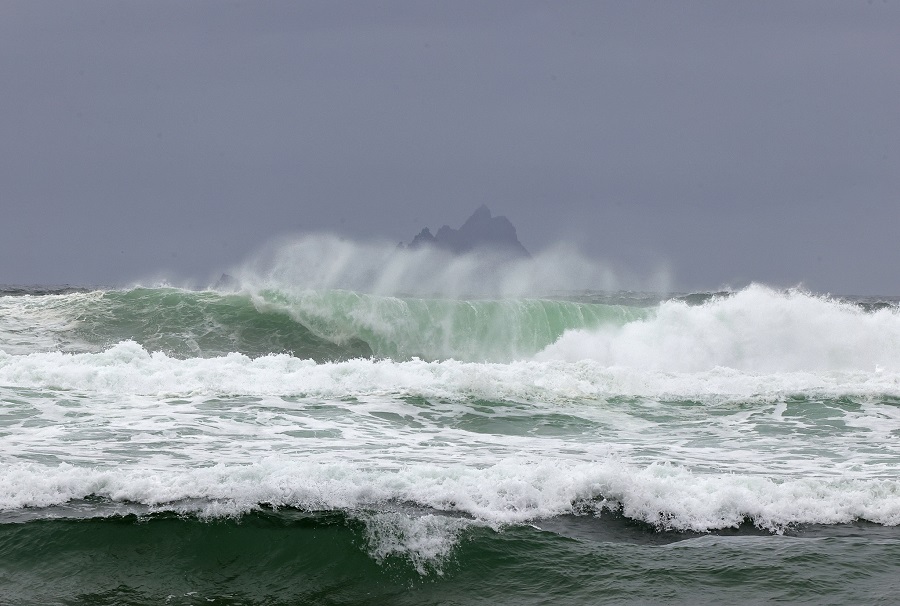Listen to nature’s voice
Welcome to Páirc Náisiúnta na Mara, Ciarraí
Ireland is known around the world for its marine biodiversity and coastal landscape. Páirc Náisiúnta na Mara, Ciarraí is Ireland’s first marine National Park. Together, the islands off the Kerry coast, offshore marine reefs, and nearby coastal mainland sites form a National Park of truly international significance for nature and biodiversity.
The establishment of Páirc Náisiúnta na Mara, Ciarraí recognises and protects our marine biodiversity and heritage. The Park includes iconic islands, marine reefs, mainland coastal and maritime sites clustered in one broad geographic location – on and off the Kerry coast. It brings together some of our finest nature habitats, including limestone reefs, flagship sand dune systems and blanket bog. It protects these habitats and the diverse species who live there – from breeding seabirds, to wintering water birds, whales and dolphins.
In addition to biodiversity, locations within the Park are very significant for language, literature, folklore and cultural heritage. The Park includes a World Heritage site, Sceilg Mhichíl, an island and ancient monastic settlement, now home to protected and beautiful birds, and a place of global importance.
Location
Páirc Náisiúnta na Mara, Ciarraí includes various islands off the coast of Co. Kerry, the World Heritage o Sceilg Mhichíl, the Kerry Head Shoal, Inch Sand Dunes, the uplands of Mount Brandon, and the majestic Conor Pass.
Boundary Map of
Páirc Náisiúnta na Mara, Ciarraí
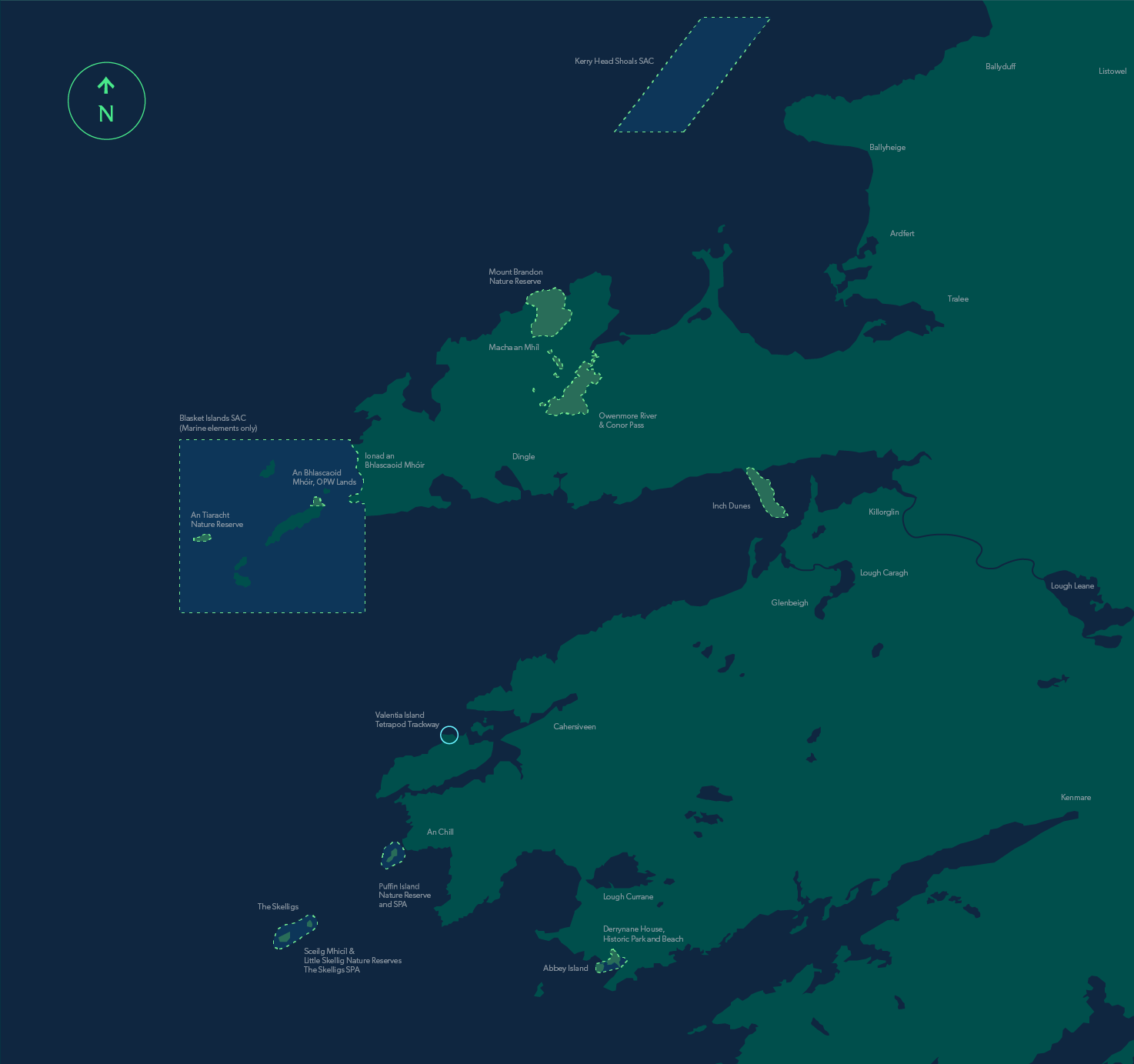
Co.Kerry
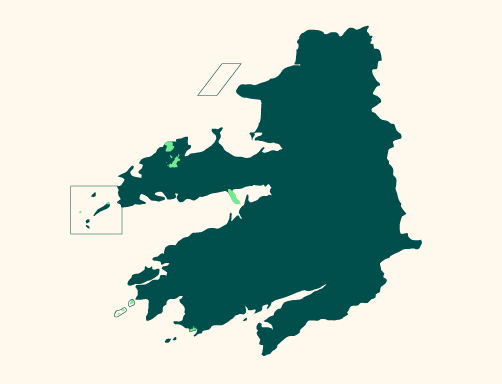
Legend
-
 Park Boundary
Park Boundary -
 River
River
-
 Marine Park Area
Marine Park Area -
 Tetrapod Trackway
Tetrapod Trackway
This map is for illustrative purposes only and shall not be held conclusive as to the boundaries or their extent. Please note the Department of Housing Local Government and Heritage makes no representation or provides any warranty as to the accuracy, completeness or currency of this map. The use of this map, which may be altered or updated at any time without notice, is at the sole risk of the user.
Our Marine National Park
The main objective of Páirc Náisiúnta na Mara, Ciarraí is the conservation and sustainable use of biodiversity. In addition to biodiversity, locations within the Park are very significant for language, literature and cultural heritage. It includes the World Heritage Property of Sceilg Mhichíl. Watch this video to learn more about the Park.
News & Notices
Public notice: Temporary closure of Tetrapod Trackway Site
13 November 2025
Pairc Náisiúnta na Mara, Ciarraí, Public Consultation
5 November 2024
Minister Noonan launches public consultation on the future of Ireland’s National Parks
10 October 2024
Picks of the Park
A sanctuary for seabirds
Species
Páirc Náisiúnta na Mara, Ciarraí is home to many seabird colonies. Some of the largest colonies of Puffins, Storm Petrels and Manx Shearwaters in Europe are found in County Kerry. Other seabirds which regularly visit the coastlines include Gannets, Storm Petrel, Fulmar, Kittiwake, Guillemot and Razorbill.
Fine sand dunes
Habitats
Inch is one of the largest and best remaining dune systems in the country. It supports a number of types of dune habitats, including fore dunes and fixed dunes. There is also a rich lichen and bryophyte flora. Inch supports rare plant species, the rare Natterjack Toad, as well as populations of several animal species that are listed on the E.U. Habitats Directive. The site is designated as both a Special Area of Conservation (SAC) and a Special Protection Area (SPA).
World renowned heritage
Heritage
Sceilg Mhichíl, also known as Skellig Michael, is one of two UNESCO World Heritage sites in Ireland. The island of Sceilg Mhichíl lies almost 12 km west of the lveragh Peninsula in County Kerry and includes two lighthouse complexes. It is the most spectacularly situated of all Early Medieval island monastic sites. The natural crevices within the rock, including monastic features and other habitats make it particularly favourable for seabird colonies.
Nature & Conservation
The primary purpose of Páirc Náisiúnta na Mara, Ciarraí is to protect biodiversity and heritage. Some habitats within the Park have to date experienced minimal impact from human activity. Some species in the area are under threat.
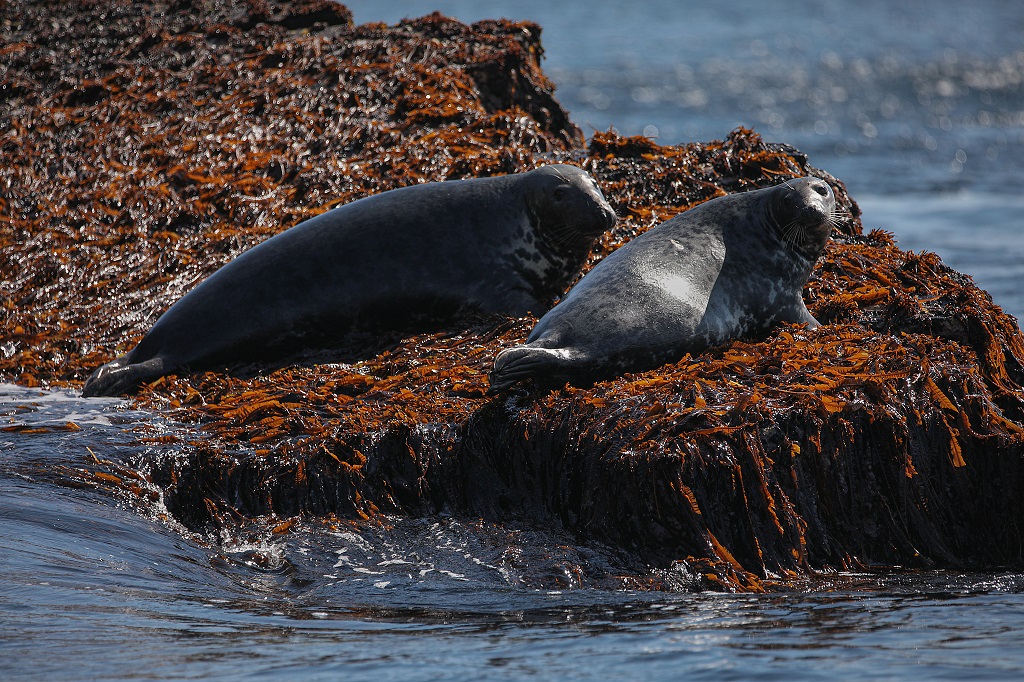
National Parks can facilitate nature-based tourism and a high quality natural environment. Over time the Park will involve the further development of interpretive and recreational programmes for the benefit of local communities and the visiting public, while achieving its core objective of protecting nature and heritage.
Protecting nature is the main aim of a National Park. Conservation work goes hand in hand with responsible outdoor recreation and visitors can help play their part by following these useful tips.
Heritage & Culture
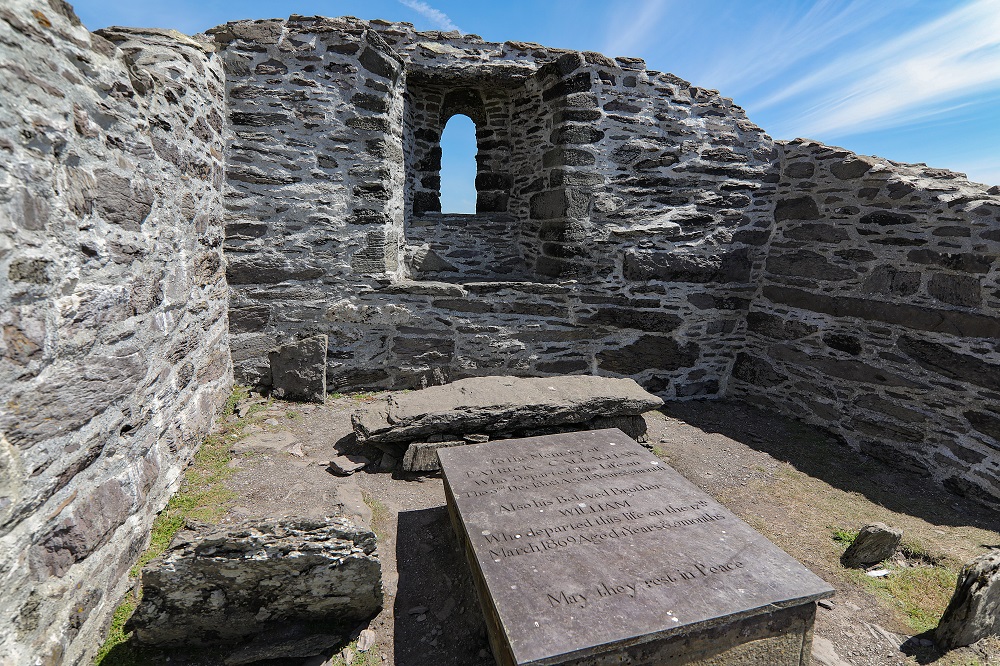
In addition to the World Heritage Sceilg Mhichíl, Páirc Náisiúnta na Mara, Ciarraí hosts various other significant heritage sites.
The Valentia Tetrapod Trackway is one of only four trackways known world-wide made by primitive land animals during the Devonian Period (ca. 400 million years). The longest trackway has over 145 imprints of the feet of an early animal.
Underwater cultural heritage is found around the coastlines including numerous known historic shipwrecks. On land, the landscapes of the Park document the history of settlement in the region, with archaeological monuments and traces of the generations who lived there.
The island communities who lived off the Kerry coast are an integral part of Ireland’s heritage. They passed down oral traditions including folklore, history, and religious belief, and lived with a unique reliance on the environment and relationship with the natural world. On a global scale, they left a legacy which was almost unparalleled. At a time when documents and accounts were written almost exclusively from urban and landed perspectives, the Blasket communities told and wrote their stories in their own words, giving us an invaluable and unique record and insights into the extraordinary lives of ordinary people and their perspectives on the world. The Park recognises the uniqueness of those who live in these parts and their relationship with these seas and its nature.
Our Network
– TBD
National Park
Open: Year round
Admission: Free
TBC
